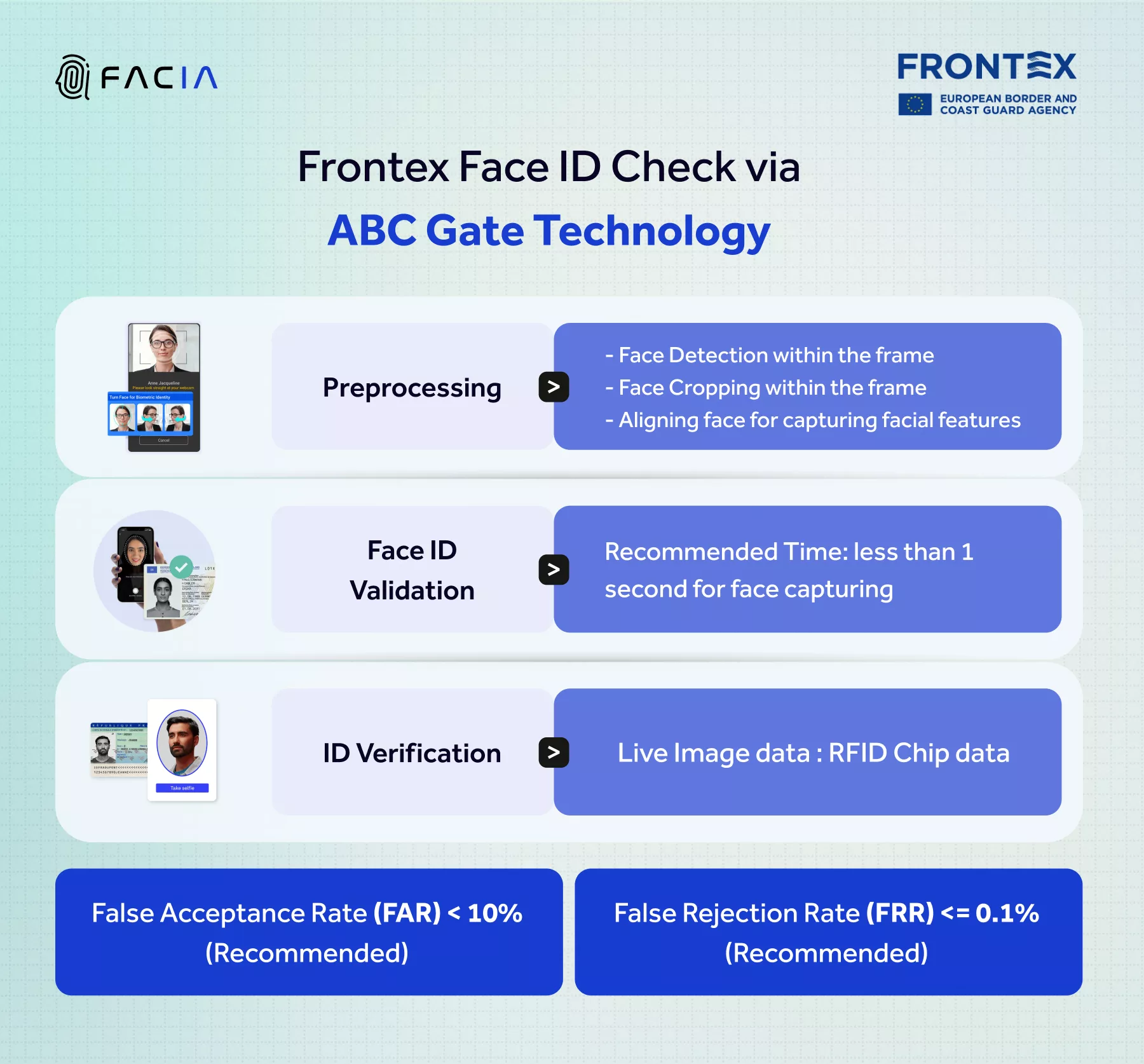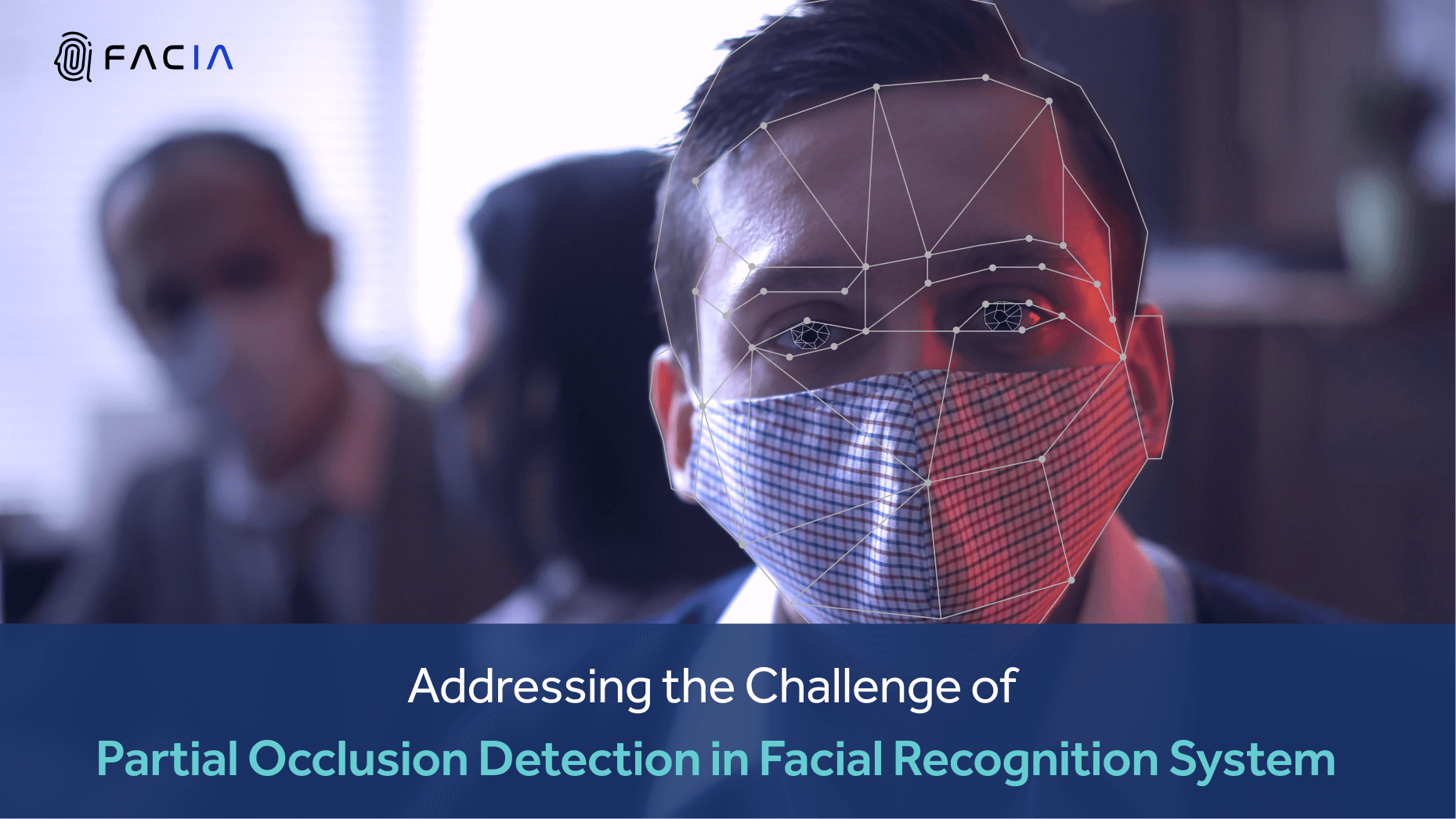
AI Facial Recognition with Liveness Detection for Border Security
Author: admin | 06 May 2024In This Post
News Update:
24 Migrants and 3 drivers (alleged smugglers) are arrested and now in custody at the El Paso Texas Border. The culprits were trying to hide in the back of SUV vehicles which were all tracked and captured by the country’s border forces. However, the lead person in this human trafficking activity has not been arrested as of now. (Border Crime)
This is just one case example including other vicious crimes like drug trafficking, child labor, and cross-border kidnapping in which border criminals go unidentified. Unified activities against such crime syndicates are somewhat insufficient as the crime levels are rising. Although, efforts are being made to identify and detect criminals and distinguish them from genuine public. So far, identifying legal migrants is a topic of debate for international bodies pertinent to strengthening the mechanisms and introducing sophisticated biometric verification systems at border crossings.
This blog will explain how border security can be improved using AI-powered identity solutions by border patrol and anti-crime agencies. It will mainly focus on facial recognition as the core biometric identification mechanism used at checkpoints and border crossings.
Brief Discussion on Border Security
Border Security refers to efforts to prevent cross-border criminal activities by adapting different preventive and countermeasures. These efforts may include:
- Deployment of border patrol and security forces that are trained and heavily armed, especially in case of countries having border tensions or the threat of terrorism activities.
- To cooperate with nations to mitigate border crimes and strengthen cross-country relations.
- Mitigation of crimes like drug trafficking, human trafficking, smuggling, terrorism, and money laundering.
- To Identify individuals who attempt border crossing via air, land, or sea travel before they board their means of transport.
How are Border Security Systems Currently Working?
We have seen recent developments and improvements in the overall border security control procedures. Professor Ojo Emmanuel Ademola, a Nigerian professor who is awarded Chartered Manager status in the field recently published a paper on how Border security has improved through the use of Artificial Intelligence. He discussed 5 major aspects of border security and immigration control in which he stated that the use of AI and other advanced border surveillance technologies has improved overall border patrol and security by reducing banditry and other border crimes.
- The use of UAVs (Unmanned Aerial Vehicles) has contributed to enhancing proactive border security measures.
- Artificial Intelligence (AI) powered facial recognition systems alongside other technologies have refined overall border surveillance and clearance activities.
- Pattern Recognition and Predictive Analysis (also AI-powered) have helped in predicting criminal behavior and possible actions before they happen and can be encountered before time.
- Document Verification is another useful mechanism in securing international border crossings from illegal and unidentified migrants. AI has automated this process and saved both time & cost.
- AI has supported bolstering international communication and information sharing among nations, especially in neighboring countries. AI algorithms have been used to analyze cross-reference data pertinent to border crime activities between neighbouring countries.
Role of Facial Detection in Border Management
Facial Recognition technology is beneficial in border control systems as it can identify and distinctively detect criminals and legitimate migrants and international travelers. AI facial recognition systems swiftly and proactively respond to potential threats by aiding the identification of criminals at border crossings. Targeted responses are carried out in case a criminal is identified protecting other legitimate users and passengers. The US Customs and Border Protection is a role model in implementing facial comparison technology in border control.
Face Matching Tool in Structuring Border Control
2 major concepts are basic when discussing border control systems.
- Security refers to carrying out sufficient effective protective measures to prevent border-related crimes. Borders being the first line of defense require stringent measures to stop any suspected and identified criminal before entering a sovereign state or nation.
- Functionality refers to borders that should actively allow fluidity in movements between two or more sovereign states or nations.
Border Control systems or Border management requires a balance between these two by ensuring a high level of public protection and safe physical movement and transport of people and goods.
ICAO’s Travel Guide on Border Control Management
The International Civil Aviation Organization (ICAO) highlights the importance of implementing biometric identity verification under its inspection systems and tools section in its travel guide. A brief overview of the discussion in this document is given as follows:
| Biographic Identity Verification | Biometric Identity Verification |
Key Considerations:
| Key Considerations:
|
| It’s important to check whether the presented passport and identity credentials are connected to a government database. | It’s important to use unique biometric features like facial features and fingerprints to enhance security in traveler identification. |
Why is Facial Recognition the Primary Biometric Technology?
Linking the above discussion with a report published on using facial recognition in biometrics, ICAO also prefers facial recognition as the primary biometric technology due to the following reasons:
- The facial image is the same for every single person who has the same information wherever the face is shown and recorded.
- Facial image as a means of identity proofing is accepted internationally.
- Facial image capturing is a touchless process ensuring no disease spreads internationally.
- Facial recognition technology is relatively cheaper and easy to maintain.
Other benefits of using facial recognition in border control systems are:
- A facial image database has already been created in many jurisdictions through passport verification and other identity-proofing systems.
- For watchlist screening facial image data is the only biometric parameter for identity matching.
- Human face verification is generally an easy-to-understand and familiar identity-proofing process for the border control workforce.
ABC Gates – Speeding Up Border Control Management Systems
Automated Border Control Gates uses facial recognition technology to verify traveler identity. This sophisticated technology reduces the overall identity verification time and effort by minimizing human interference and thus increases efficiency through process automation.
According to ICAO and IEEE’s proposed model, ABC gates should:
- Swiftly and accurately obtain a facial image under different conditions or
- Ensure the best conditions to facilitate this process.
The Role of the EU in the Implementation of Facial Recognition at Border Control
FRONTEX, the European Border Control Agency has a distinct place in defining guidelines for both technical and operational aspects of ABC gates. According to FRONTEX ABC gates should perform a face ID check as follows:

EU’s primary concern in border control management is also to facilitate travellers through its iBorderCtrl system that allows bonafide users to submit their identity information before entering border-crossings thus speeding up the border checking. It also reduces the overall workload of border patrol forces by the use of automated sensors and devices installed at border crossings in ABC gates.
Also Read: Mask Attack in Facial Recognition
Facia A Frontline Fortress Protecting European Borders
The report we discussed above tests the Face Matching Tool according to the above-discussed standards and the results showed satisfactory results. Focusing on Frontex’s preference for Identity Validation in less than 1 second is now possible to achieve with a cutting-edge facial recognition solution ‘Facia’.
Facia is proven and certified to provide Liveness Detection in under 1 second which perfectly aligns with Frontex’s guidelines in providing robust facial identification solutions at Border Crossings. Governments can empower their Border Management systems by integrating Facia which not only offers high-end face detection and anti-spoofing features but its API is less than 4MB, making it one of the lightest facial identity solutions available in the market.
Frequently Asked Questions
Smart E-gates (Electronic Gates) are automated border control systems that use facial recognition technology to verify a traveller's identity. They allow for faster and more efficient border crossings without the need for manual document checks by border officers.
Liveness detection. at borders leverages sophisticated technology embedded in Automated Border Control (ABC) gates. These gates combine three key elements:
- Passport scanner: Reads and verifies the authenticity of your travel document.
- Facial recognition camera: Captures a high-resolution image of your face in real time.
- Liveness detection software: Analyzes your facial features and movements (blinks, head turns) to confirm you're a living person, not a photo or mask.
Once a person scans his passport and it's verified he or she moves ahead to the facial scanner. This biometric device scans the face and checks for any spoofing or mask attacks on the face presented to the system. It uses passive liveness checks to detect deepfake or mask attacks and other spoofing attempts.
Liveness detection. is a security measure that ensures you're a living person trying to cross the border, not a fake image or mask. It's crucial to prevent criminals from using stolen passports or other fraudulent methods to enter the country.
Facial Recognition can significantly speed up immigration by automating the verification process. Travellers can pre-register their passport information and photo through an app. Upon arrival at the border, facial recognition cameras can identify them and verify their identity as they approach the checkpoint, reducing wait times.
Faster processing: Travelers can pass through checkpoints quicker, reducing congestion.
Enhanced security: Facial recognition helps identify criminals or imposters trying to enter illegally.
Reduced workload: Border officers can focus on complex cases while facial recognition handles routine checks.






